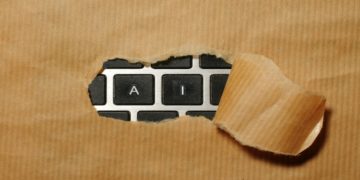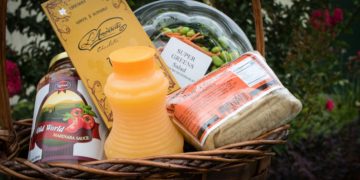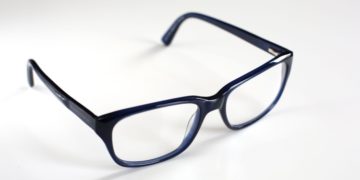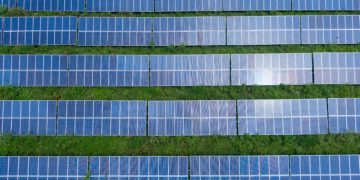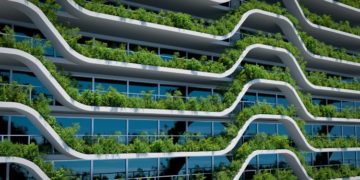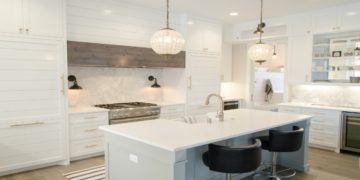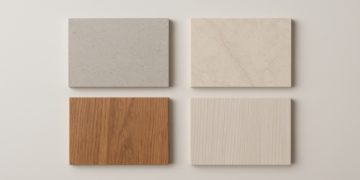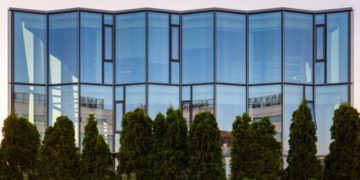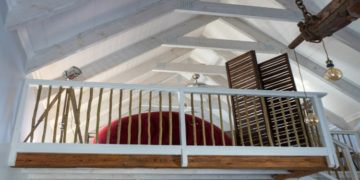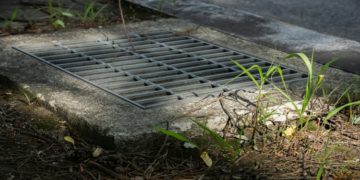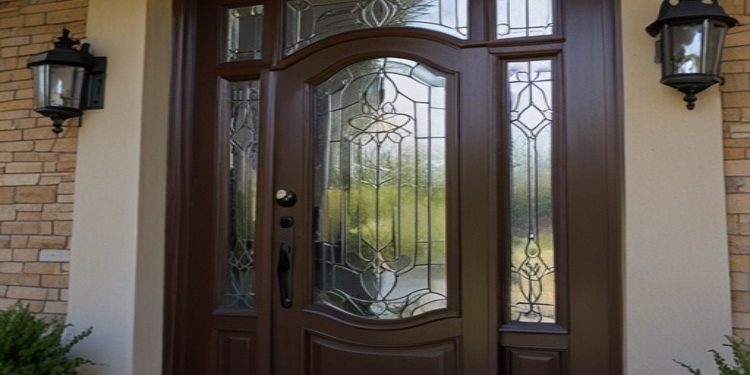Your front door does more than just welcome guests—it’s a critical barrier between your home and the outside world. The right exterior door isn’t just about looks; it’s about protection, energy efficiency, and even cost savings. But not all doors are created equal. Some can withstand extreme weather, others keep your energy bills low, and the best ones do both. So, what makes a great exterior door, and how can upgrading yours make a real difference?
A Shield Against the Elements
Your door should be your first line of defense against harsh weather. Whether it’s hurricanes, snowstorms, or scorching heat, the right materials and construction can make all the difference.
Hurricane-Resistant Doors – Built for Extreme Weather
If you live in an area prone to hurricanes or strong storms, a reinforced door can provide serious protection. Impact-resistant doors, often made of fiberglass or steel, are designed to withstand powerful winds and flying debris. These exterior doors are tested to meet strict building codes and can prevent breakage, keeping you and your home safe.
Insulated Doors – Keeping Out the Cold and Heat
A high-quality door does more than just block wind and rain; it helps maintain indoor temperatures. Insulated doors, often with polyurethane or foam cores, act as a barrier against extreme heat in summer and freezing cold in winter. If you’ve ever felt a draft near your entryway, your current door might not be doing its job. Upgrading to a properly sealed, insulated model can cut down on energy waste and keep your home comfortable year-round.
Security That Goes Beyond the Lock
A strong door isn’t just about keeping the weather out—it’s about keeping intruders out, too. Burglars often look for weak entry points, and a poorly constructed door can be an easy target.
Solid Core Construction – Strength Matters
Hollow doors or flimsy materials can be easily kicked in, making them a major security risk. A solid-core door, whether made of metal, reinforced wood, or fiberglass, is much harder to breach. These doors provide an added layer of protection, making it much more difficult for an intruder to force their way in.
Multi-Point Locking Systems – More Than Just a Deadbolt
A traditional deadbolt is good, but modern multi-point locking systems take security to the next level. These locks secure the door at multiple points along the frame, distributing force more evenly and making it nearly impossible to pry open.
Smart Locks – Keyless Convenience with Extra Protection
Technology has changed the way we secure our homes. Smart locks let you control access remotely, set temporary codes for guests, and even receive alerts if someone tries to tamper with your door. If you’re looking for convenience without sacrificing security, this is a great option.
Lower Energy Bills and a More Comfortable Home
Your exterior door plays a major role in your home’s energy efficiency. A poor-quality or outdated door can be a huge source of energy loss, leading to higher utility bills and an uncomfortable indoor climate.
Energy Star-Rated Doors – Designed for Efficiency
An Energy Star-certified door is built to minimize heat transfer, meaning less strain on your heating and cooling system. These doors are tested for insulation and air leakage, ensuring your home stays at a stable temperature without wasting energy.
Proper Sealing and Weatherstripping – Stopping Air Leaks
Even the best door won’t be efficient if it’s not properly sealed. Air leaks around the edges can make your heating or cooling system work overtime. High-quality weatherstripping and tight-fitting seals help keep conditioned air inside and outside air where it belongs.
Glass Inserts with Low-E Coating – Let in Light Without the Heat
Love the look of a glass door but worried about energy loss? Modern doors with Low-E (low-emissivity) glass coatings allow natural light to enter while reflecting heat away in the summer and trapping warmth in the winter. This way, you get the style of a glass panel without sacrificing efficiency.
Materials Matter – Choosing the Right Door for Your Home
The material of your exterior door affects its durability, security, and efficiency. Not sure which one is right for you? Here’s a breakdown:
Fiberglass – Durable, Low Maintenance, and Energy Efficient
Fiberglass doors are a top choice for homeowners looking for a balance of strength and insulation. They resist dents, scratches, and warping while providing excellent energy efficiency. Plus, they can be designed to mimic the look of wood without the upkeep.
Steel – Maximum Security and Weather Resistance
Steel doors offer top-tier security, making them one of the best choices for safety-conscious homeowners. They’re resistant to warping and cracking, and many come with insulated cores for better energy efficiency. However, they can dent or rust over time if not properly maintained.
Wood – Classic Beauty with Customization Options
Wood doors bring warmth and elegance, making them a favorite for homeowners who prioritize aesthetics. While they offer solid security and insulation, they require more maintenance to prevent warping or rotting, especially in humid climates.
Aluminum – Lightweight and Rust-Resistant
Aluminum doors are often used in storm-prone areas because they resist rust and corrosion. They typically feature an insulated core for better energy efficiency, but they don’t offer the same level of security as steel or fiberglass.
The Long-Term Investment in a Better Door
Upgrading your exterior door isn’t just about aesthetics—it’s a smart investment in your home’s security, energy efficiency, and overall value. Here’s why it’s worth considering:
● Lower Energy Costs – A well-insulated, properly sealed door reduces heating and cooling expenses.
● Enhanced Security – Solid construction and modern locking systems protect against break-ins.
● Increased Home Value – A high-quality door boosts curb appeal and resale potential.
● Less Maintenance – Durable materials like fiberglass and steel require minimal upkeep compared to wood.
Make the Right Choice for Your Home
Your front door does more than make a first impression—it affects your home’s security, comfort, and efficiency every single day. Investing in a high-quality exterior door means fewer worries about extreme weather, better protection against intruders, and noticeable savings on your energy bills. Whether you choose fiberglass, steel, or another durable material, upgrading to a modern, well-insulated door is a decision that pays off in the long run. So, if your current door isn’t meeting the mark, it might be time to make a change.









